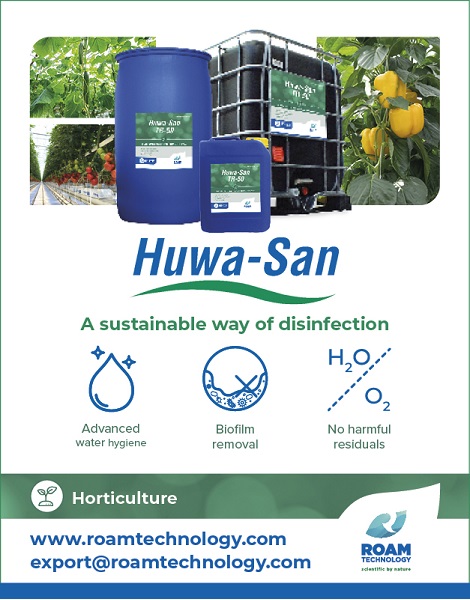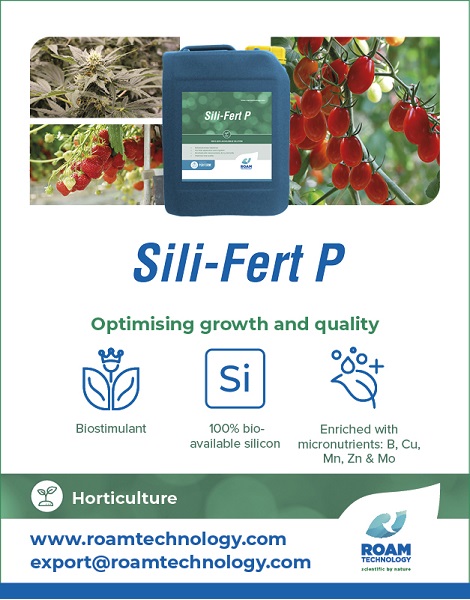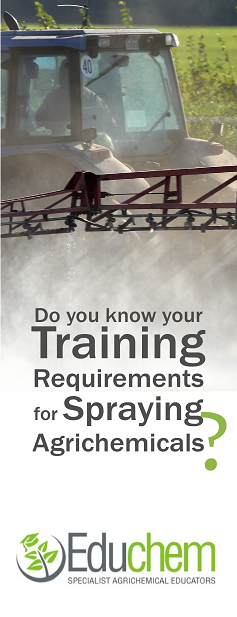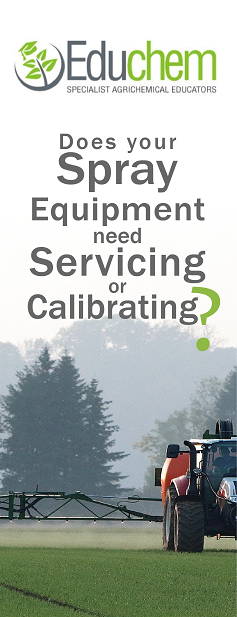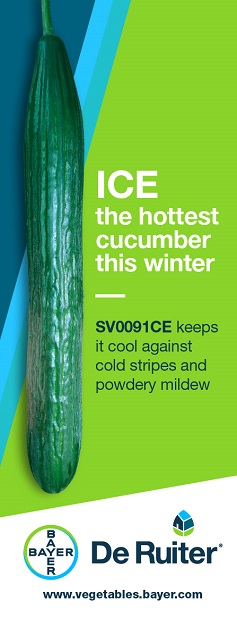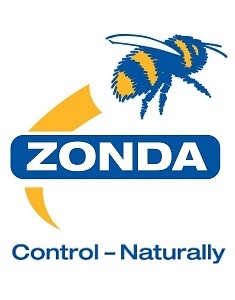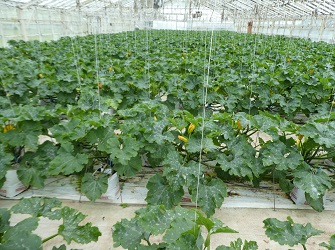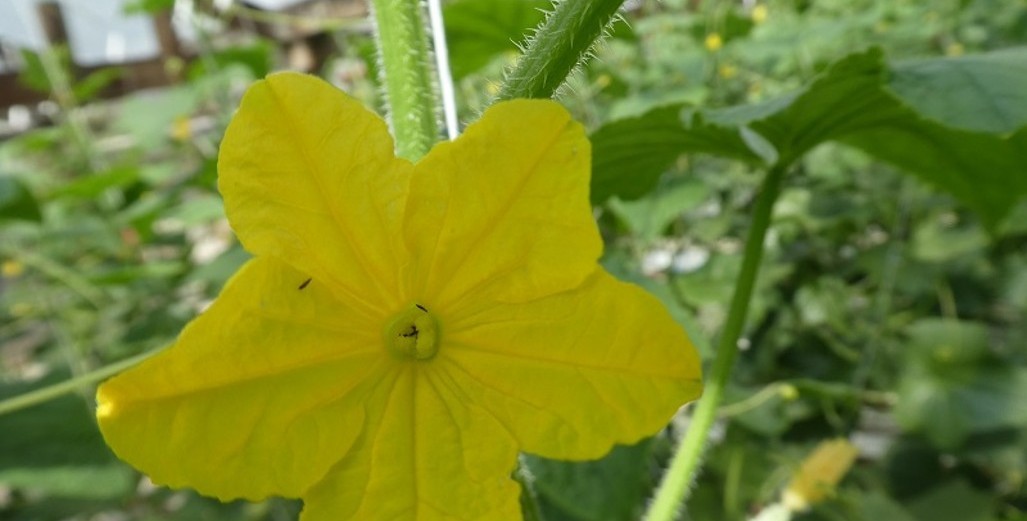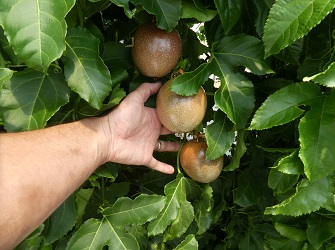Sign up here to subscribe to the Grower2grower Ezine. Every two weeks you will receive new articles, specific to the protected cropping industry, informing you of industry news and events straight to your inbox.
Jan 2024
LimoMax, a new predator for insect control in greenhouses and outdoor crops.

LimoMax, feeds on spider mites, thrip, psyllid and whitefly.
Together with part funding from the MPI administered Sustainable Food and Fibre Futures Fund (SFFF), Zonda Beneficials developed a new mite for insect control, the mite Amblydromalus limonicus is a general feeder which means it feeds on several different insects. The product will be sold under the name LimoMax.
Background
Amblydromalus limonicus is a NZ native insect and can be found in many places around NZ and often shows up in greenhouses that use IPM. Zonda Beneficials was made aware of it years ago when it was found in a capsicum crop where it was feeding on Psyllid larvae. As a result, it was imported on a small scale to control spider mite, but transport was not easy due to its short shelf life and the high costs associated with flying it in from Holland. Three years ago, funding as part of the SFFF project was obtained to set up local production.
Given the rearing sensitivity and cannibalistic behaviour of the mite it took quite a time to set up a reliable system that could produce sufficient quantities.
Life Cycle
LimoMax, feeds on spider mites, thrip, psyllid and whitefly. It really likes whitefly and good results can be obtained. LimoMax works in most crops but not tomatoes as the hairs of a tomato leaf hinders the movement of the mites and its not able to find the whitefly.
The adult females lay about 2 to 4 eggs per day which hatch after 1 to 2 days and depending on the climate the cycle from egg to adult can be achieved in 7 to 10 days. The mite is most effective at temperatures between 17 0C and 25 0C and a humidity of above 70%. It will struggle at temperatures higher than 30 0C and will hide in the crop where possible. It will be active in greenhouses during the winter, as long as the temperature is 170C or higher.
In cases where there is low insect pressure it can survive on pollen and can often be found in flowers. Cucumbers don’t have pollen but for this Zonda Beneficials can supply extra pollen or food mites to get a good establishment of LimoMax.
Application
The mites are supplied in 1-litre bottles, containing a minimum of 10,000 mites in a mix of bran/chaff with food mites. Shelf life is limited to 2 to 3 days and bottles need to be stored between 10 0C to 150C in a dark or well shaded place. Before using carefully shake and turn the bottle and then sprinkle on the leaves. Avoid sprinkling it in the crop at the hottest part of a summers day or release them in the bottom part of a crop, away from the sun.
LimoMax has been tried to control whitefly, spider mites and psyllid in capsicums, aubergine and strawberries with good success.

LimoMax can be used in combination with Thripex for thrip control and to a certain extend with Spidex for spider mite control, however we have seen it feeding on Spidex as well.
LimoMax works very well as a spot treatment in areas with high insect pressure.
Supply and advice
LimoMax can be purchased from Zonda Beneficials, and further advice can be given including side effects of other chemicals on the mite.
Zonda Beneficials,
Phone: 0800 496632 or 021 509592
Email: zondasales@nzg.co.nz
Web: https://www.zonda.net.nz/

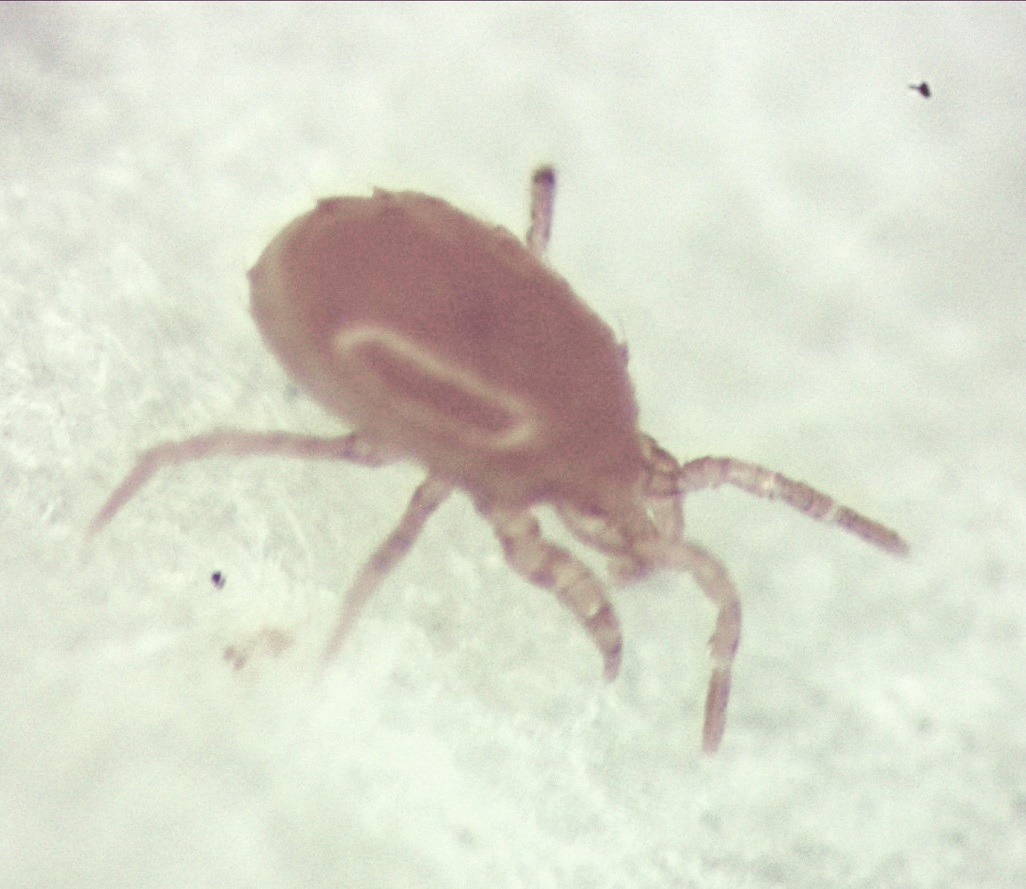

CLASSIFIED
Photo
Gallery
Subscribe to our E-Zine
More
From This Category
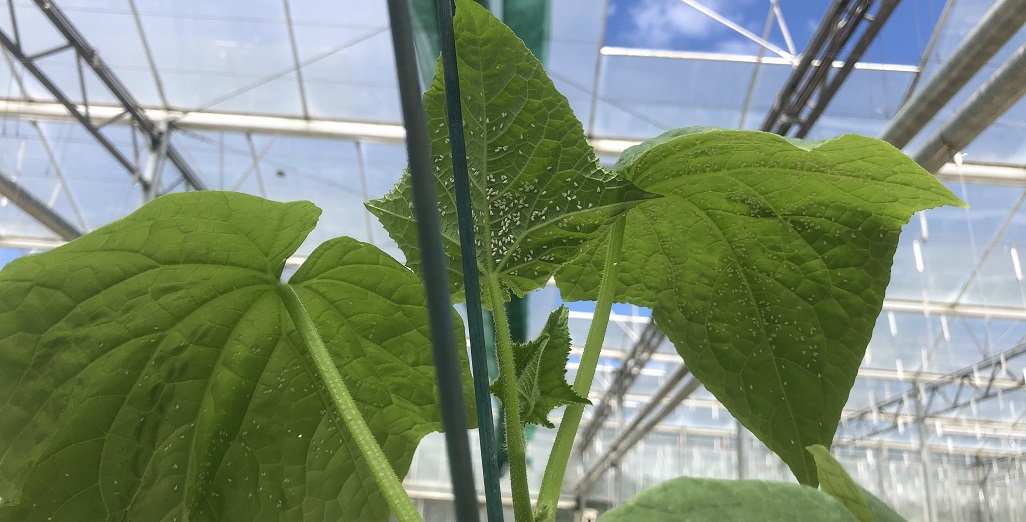
Starting on the back foot
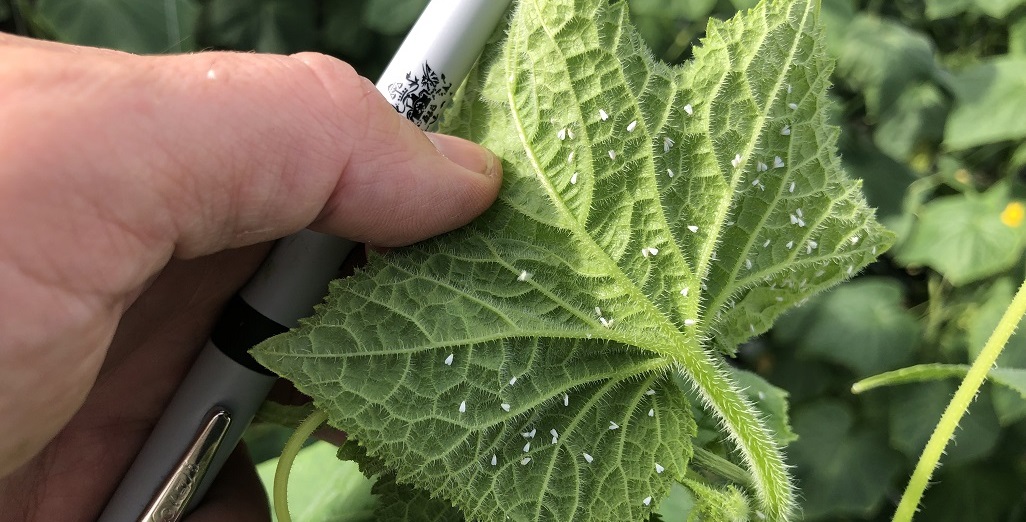
(Best of 2023) RNA-based disease control in protected cropping environments. Anne Sawyer presents at the PCA Conference (Best new development PCA 2023)

(Best of 2023) Aphid infestation on cucumber crops

LimoMax, a new predator for insect control in greenhouses and outdoor crops.

Aphid infestation on cucumber crops







